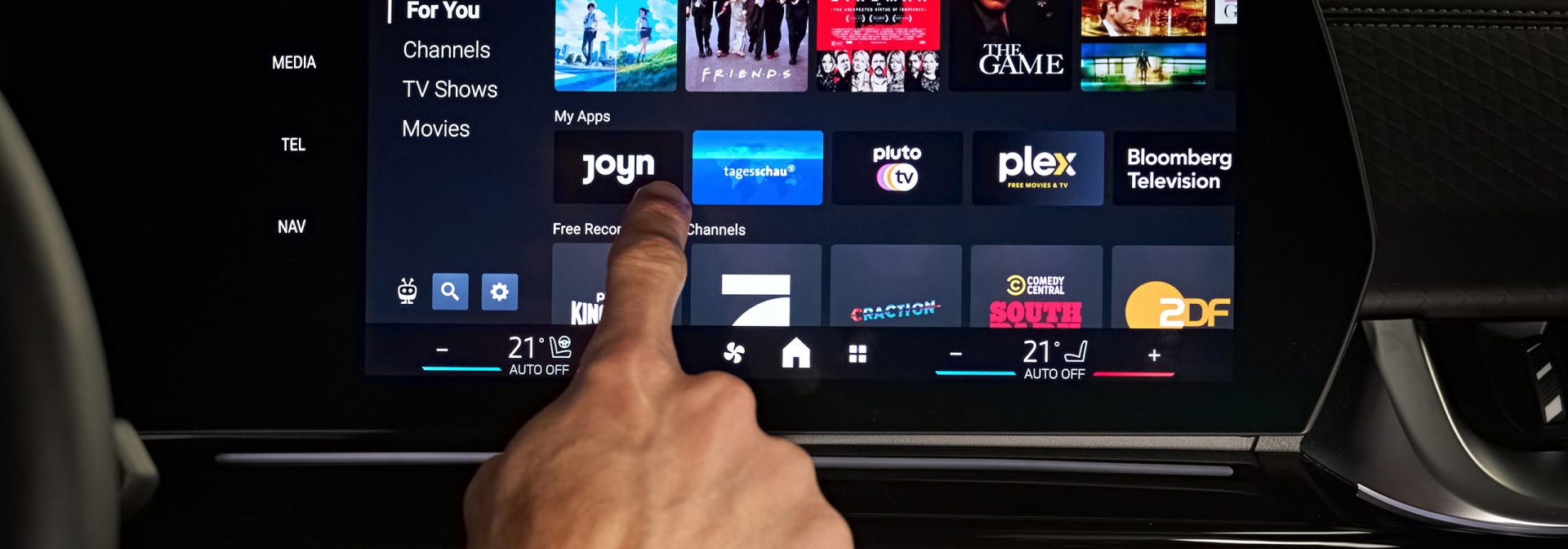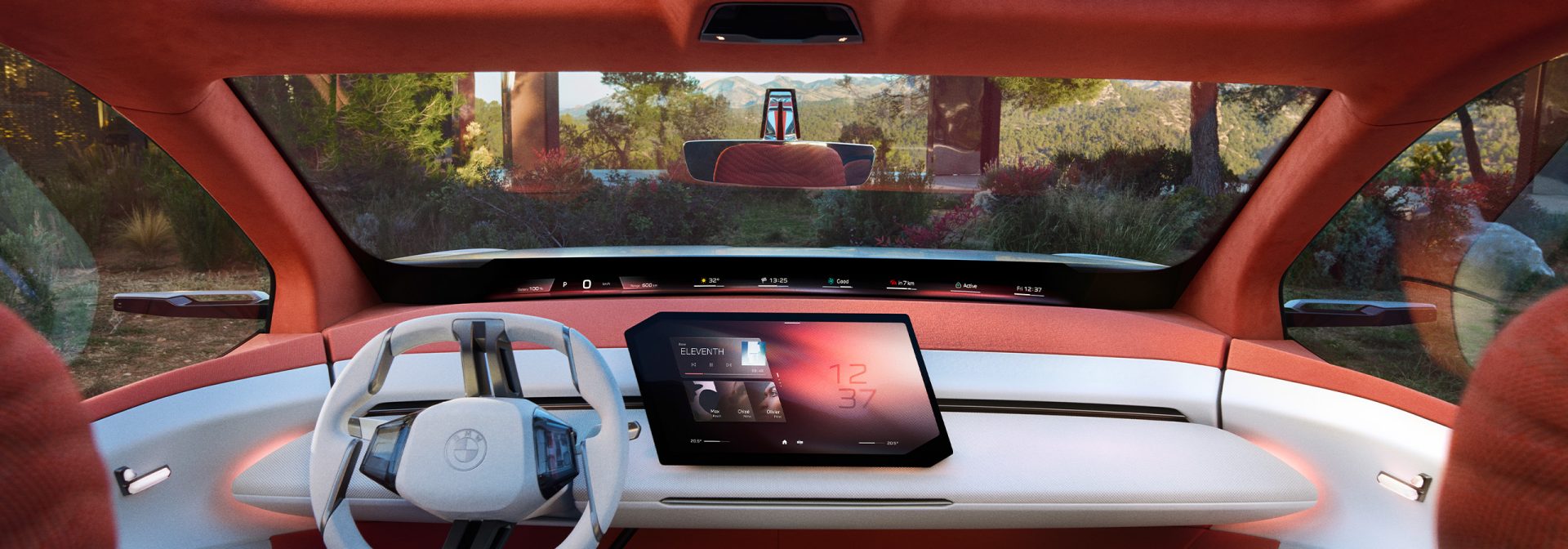In the world of luxury automobiles, few innovations have had as much impact as BMW’s iDrive system. First introduced in 2001, iDrive was BMW’s bold step into the future—an intuitive command center that streamlined multiple functions into a single interface. Today, iDrive has evolved into one of the most advanced infotainment systems in the industry, always keeping one core philosophy at heart: a laser-sharp focus on the driver.
From the beginning, BMW designed iDrive not as a flashy gadget, but as a functional, driver-centric tool. The idea was simple—eliminate the clutter of buttons and knobs by integrating key features such as navigation, entertainment, communication, and vehicle settings into a single, unified interface. This not only enhanced the look and feel of the cockpit but also improved safety by minimizing distractions. Over time, BMW refined the system, blending tactile controls with touchscreens, voice commands, and even gesture recognition to create a seamless user experience.
What sets iDrive apart is how it’s engineered around the driver’s natural behavior. The system is positioned ergonomically, within easy reach and sightline, allowing drivers to access functions without taking their eyes off the road for long. In newer models, the rotary controller remains a favorite among many BMW drivers for its precise control, especially when driving on uneven roads where touchscreens might be harder to use.
With the latest version—BMW iDrive 8.5 and now 9—the interface takes another leap forward. The curved display is elegant, combining a digital instrument cluster with a central touchscreen into a single sweeping screen. It’s visually immersive and highly customizable, allowing drivers to prioritize the information that matters most to them. Whether it’s map views, driving statistics, or entertainment settings, everything is at the driver’s fingertips—literally and figuratively.
Voice control has also become a major player in iDrive’s evolution. BMW’s intelligent personal assistant can now understand natural language, making it easier than ever to perform tasks like adjusting climate settings, finding destinations, or changing driving modes. Simply say, “Hey BMW,” and the system is ready to respond.
Moreover, the iDrive system is becoming smarter and more connected. Over-the-air updates ensure that your BMW stays current with the latest features, just like a smartphone. Integration with Apple CarPlay and Android Auto is seamless, and connected services offer real-time traffic, weather updates, parking information, and even remote vehicle access via your phone.
Ultimately, BMW iDrive is more than just a tech feature—it’s a manifestation of BMW’s driver-first philosophy. Every detail, from the interface layout to voice command logic, is designed to enhance the driving experience without distraction. In an era where cars are becoming rolling computers, iDrive manages to strike the perfect balance between digital intelligence and human intuition.
Conclusion:
BMW iDrive remains a benchmark in the automotive world not because it dazzles with complexity, but because it does what BMW does best—it puts the driver first. From its origins to its latest generation, iDrive continues to refine how we interact with our cars, keeping the focus where it belongs: on the road, and on the sheer joy of driving.




















